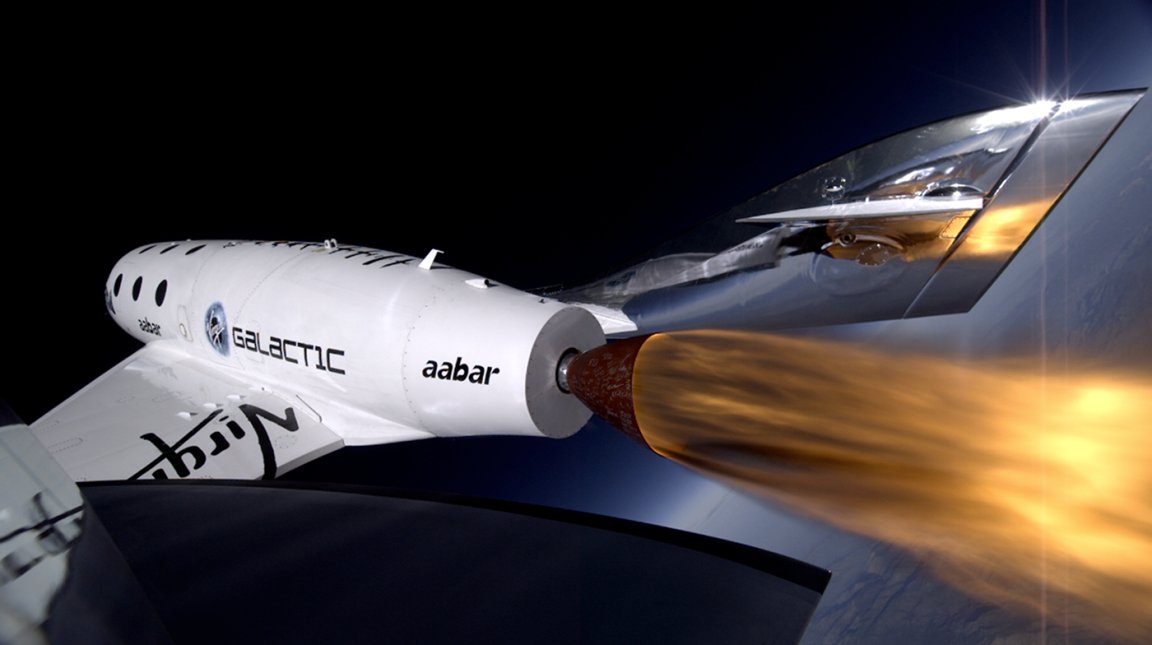
Waiting for Godot
Space companies and agencies, perhaps more than any other group, suffer the consequences of overoptimistic planning. Had all gone to plan and budget, the James Webb Space Telescope would have been up in the stars since 2011, the collaborative Russian astronomy satellite Spektr-R would be celebrating its 12-year anniversary rather than its sixth, and the advent of space tourism — courtesy of Richard Branson’s Virgin Galactic — would have occurred in 2010 at the latest.
Naum Gabo wrote in The Realist Manifesto that “Not to lie about the future is impossible.” In a world of unpredictable consequences, unforeseen obstacles, and unreliable parties, we cannot reasonably expect every prediction to be perfect. This does not mean, though, that we cannot move closer to the truth — but in order to do this we must understand a widespread problem.
The reason behind these miscalculations may be a common phenomenon called “The Planning Fallacy.” It was first outlined in a 1979 essay called “Intuitive prediction: biases and corrective procedures” by Daniel Kahneman (who won Nobel Memorial Prize in Economic Sciences 2002) and Amos Tversky (receiver of the Grawemeyer Award in Psychology in 2003).

In its most rudimentary form, as Kahneman laid out in an interview with Gallup Business Journal, the fallacy is “that you make a plan, which is usually a best-case scenario. Then you assume that the outcome will follow your plan, even when you should know better.” Despite counter-evidence from the past and an abstract knowledge of obstacles and issues, we just cannot help being overly optimistic about deadlines because we lull ourselves into overconfidence through the simple act of making a plan.
In 2003, Kahneman expanded the Planning Fallacy to include the tendencies to underestimate the costs and risks of future actions while at the same time overestimating their benefits. This problem is exacerbated in space companies in particular because their projects are often without direct precedent, which facilitates optimism due to their being little past experience to base projections on.
More Accurate Predictions
The solutions fall into two main groups: honing the human element, or removing it all together. Managing human optimism can be done through:
- Planning for “if” situations, which makes the plan more procedural and practical as the party does not have to waste time thinking of a “then” when the “if” occurs.
- Taking an “outside view” that incorporates all possibly related data from similar projects in the past, a strategy which was suggested by Kahneman and Tversky.
- Compiling the total project time as a sum of its smaller component processes rather than as a whole.
The other option is to remove optimism bias — which may still cause bias in the above strategies — by removing humans from the calculation. This is the impetus behind NASA’s Technology Cost and Schedule Estimating (TCASE) software, which adjusts human miscalculation by forcing them to segment the task in order to input data, but more importantly then performs calculations on its own. The 2015 analysis of the Tsystem said that it was a huge success.
That space agencies and companies apply these principles is crucial — first, because this would assuage public disappointment at deadlines that seem to extend perpetually, and second, for the company’s survival itself. An accurate and honest budget means companies are not forced to either abandon projects or run themselves into the ground trying desperately to complete them.
It is also important for us as consumers to understand this phenomena to ensure that we are not seduced by the promises from other sectors of the technology industry. Often, this is caused by operating on incomplete data, taking only the most sensationalist aspects of a story and not considering the many qualifiers attached to an optimistic statement. So let’s take predictions — like that we will find alien life in the next 10 to 15 years or that Elon Musk will get humans on Mars in six years — with a pinch of salt.